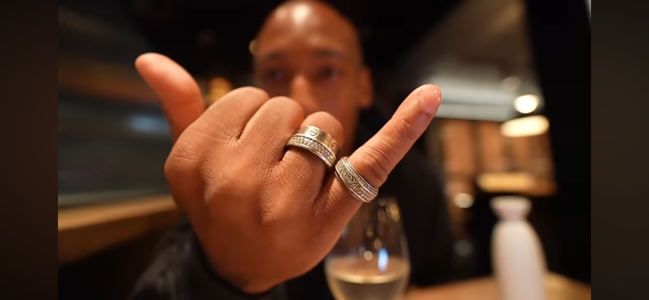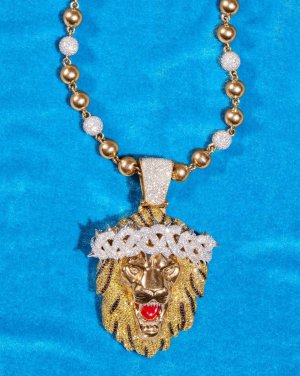The first hip-hop jeweler was not Jacob the Jeweler, but Tito the Jeweler, also known as "Manny," for his father, an Ecuadoran immigrant who gained a cult following in the 70s, selling wild, custom-made pieces to pimps and drug dealers.
Hip-hop style soon followed street fashion. In the 80s, "I got a call from a gangster in Queens saying, 'I'm gonna send over a friend of mine.' It was LL Cool J," said Tito Caicedo on a hot day in July in the Diamond District.
"They were all mine—Rakim, Salt-N-Pepa, Biggie," said Tito, 47, wi****lly. "Maybe I should have fought harder for what I had. Jay-Z rapped, 'I took my Fritos to Tito's.' But it's too bad in the end they took their bigger Fritos to Jacob."
"Why did you and all the hustlers start bringing your business to Jacob?" writer Minya Oh asked the rapper Roxanne Shanté in her book Bling, Bling: Hip-Hop's Crown Jewels.
"Because he did not question our money," Shanté said. "A lot of times, when you're someone bringing over $10,000 in cash, you want your money to be respected and accepted. Jacob didn't put you through no hassles—he took it."
"Jacob also filled out the appropriate I.R.S. forms and filed them," said Brafman. "There's nothing wrong with taking cash as payment. The fact that Jacob didn't embarrass people is to his credit."

 i swear to god they make drug dealers look good and honest, jacob came back with some different high ball quote on the jesus and try say they only weigh 80-90g
i swear to god they make drug dealers look good and honest, jacob came back with some different high ball quote on the jesus and try say they only weigh 80-90g 

































